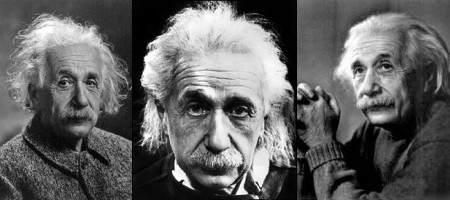Scientists at Yale University have come up with a computer model to explain how the brain makes decisions based on statistical probabilities.
For years experts have wondered how the brain of a doctor makes a diagnosis based on several conflicting test results, or people choose between political candidates.

According to a study published in the journal Nature Neuroscience, Xiao-Jing Wang, professor of neurobiology at Yale School of Medicine and at the Kavli Institute of Neuroscience, thinks he has come up with a mathematical answer to the problem.
He thinks that synapses are capable of computing probabilities based on observation to make a statistical inference.
Wang said that people need to have methods to deducing which of the numerous foods make us sick if it will rain or shine given a few pieces of information about the atmosphere. He reckons such decisions are based on the calculus of chance or the statistical theory of prediction. Of course most people can’t add up to save themselves but Wang thinks that fortunately the brain does it for us.
Wang built computer models of neural circuits to investigate how such probabilistic decisions are carried out in the brain. His model explains a phenomenon in the brain called “base rate neglect”. This is basically where the brain actually chooses the least probable outcome.
When faced with a choice when seeing that you have a shadow on your lung you will automatically assume you have cancer even when it is the least probable outcome.
Basically, it appears that pessimism is hardwired into our heads.






